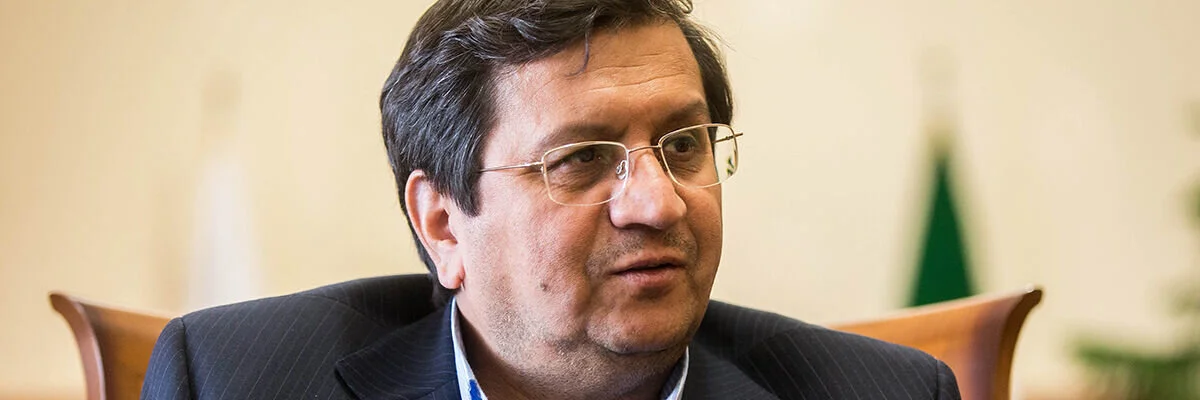Iran Resorts to New Financial Tools to Shore-Up Economy
The COVID-19 crisis has forced Iran’s government to turn to little-used financial tools to help stabilize the economy and address a widening fiscal deficit.
In the arena of monetary policy, the crisis is the first test of the new Open Market Operation (OMO) powers announced by the Central Bank of Iran (CBI) on January 18. To address the fiscal deficit, the Rouhani administration has pushed forward with long-planned privatization plans, conducting an Initial Public Offering (IPO) for SHASTA, the investment arm of the country’s largest social security provider. But the government faces hurdles as it resorts to largely unproven measures.
An underdeveloped interbank lending market will hamper OMOs. The interbank lending market in Iran was first established in June 2008. Despite the fact that the number and volume of transactions has grown substantially in recent years, with over 20,000 transactions registered in the last Iranian calendar year, the market remains hampered by the fact that Iranian banks do not maintain large reserves, meaning there are often too few banks with surplus liquidity in the market. As a result, it will be difficult for OMOs undertaken by CBI to influence the interest rate in the interbank market, limiting the central bank’s capacity to enact monetary policy through the bank-lending channel.
Iran’s interbank lending market also presents instrumental limitations. The most common mechanism by which needy banks secure liquidity is by direct borrowing from surplus banks, or, in times of emergency, turning to CBI as a lender of last resort. These loans are typically made without collateral and sometimes even without a formal contract. But given the prevalence of unsecured loans, there remains the possibility that the borrower might default.
While this possibility is generally understood to be low, it has likely increased given the current economic crisis. Iranian businesses will be seeking cheap financing to help them get through the difficult times. But given that Iranian banks struggle to determine the creditworthiness of their clients, any rapid expansion in lending could lead to greater issues with non-performing loans, particularly among the weaker banks.
The Central Bank of Iran had intended to use OMOs to adjust the inflation rate in accordance with its target for the current financial year, which is set at 20 percent—the annual inflation rate reached 41.2 percent in 2019-20.
On one hand, if the central bank aims to enable the country’s banks to lend to ailing businesses, the shift to the expansionary use of OMOs will be at odds with the inflation goals. On the other hand, now that the government is facing a record fiscal deficit, some Iranian economists are worried that the central bank may be pushed to use OMOs as a tool to generate government revenue, issuing bonds to finance expenditures. At a time when markets need clear leadership from regulators, the central bank’s priorities remain unclear.
While the central bank pursues new tools of monetary policy, the Rouhani administration has sought to tackle a fiscal deficit. The government’s IPO of SHASTA, also known as the Social Security Investment Company, was the largest IPO in Iranian history by market capitalization. The public offering of 10 percent of the company’s shares on April 15 generated USD 437 million in revenue for the government.
The strong performance of the Tehran Stock Exchange over the last year, despite the overall economic malaise, suggests that privatization of state-owned enterprises is a viable means for the government to generate much-needed revenues.
The Rouhani administration has long-pushed privatizations as a means to improve the finances of currently state-owned enterprises, to increase transparency, to improve corporate governance, and to reduce the footprint of the government in Iran’s economy. But any rush to privatize enterprises may lead to the loss of a “golden opportunity” as the government pursues public offerings to compensate for budget deficits without ensuring that the companies and their management become fully accountable to the public markets.
Iran has been grappling with serious challenges in the areas of fiscal and monetary policy in recent years. The Rouhani administration and the Central Bank of Iran have smartly sought to create new tools and establish new policies in response. But as the economy reels from the impact of COVID-19, these challenges have reached a point of crisis—the new tools may not be enough.
Photo: IRNA




